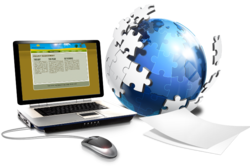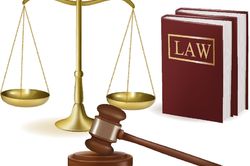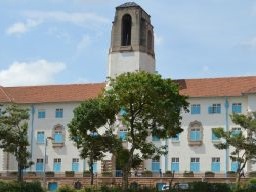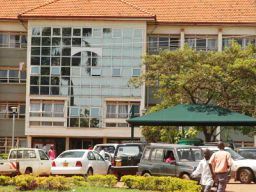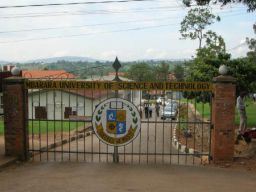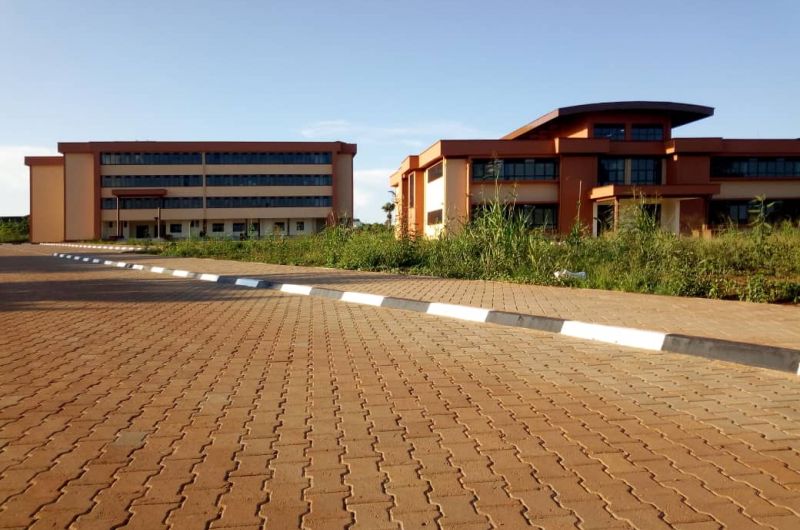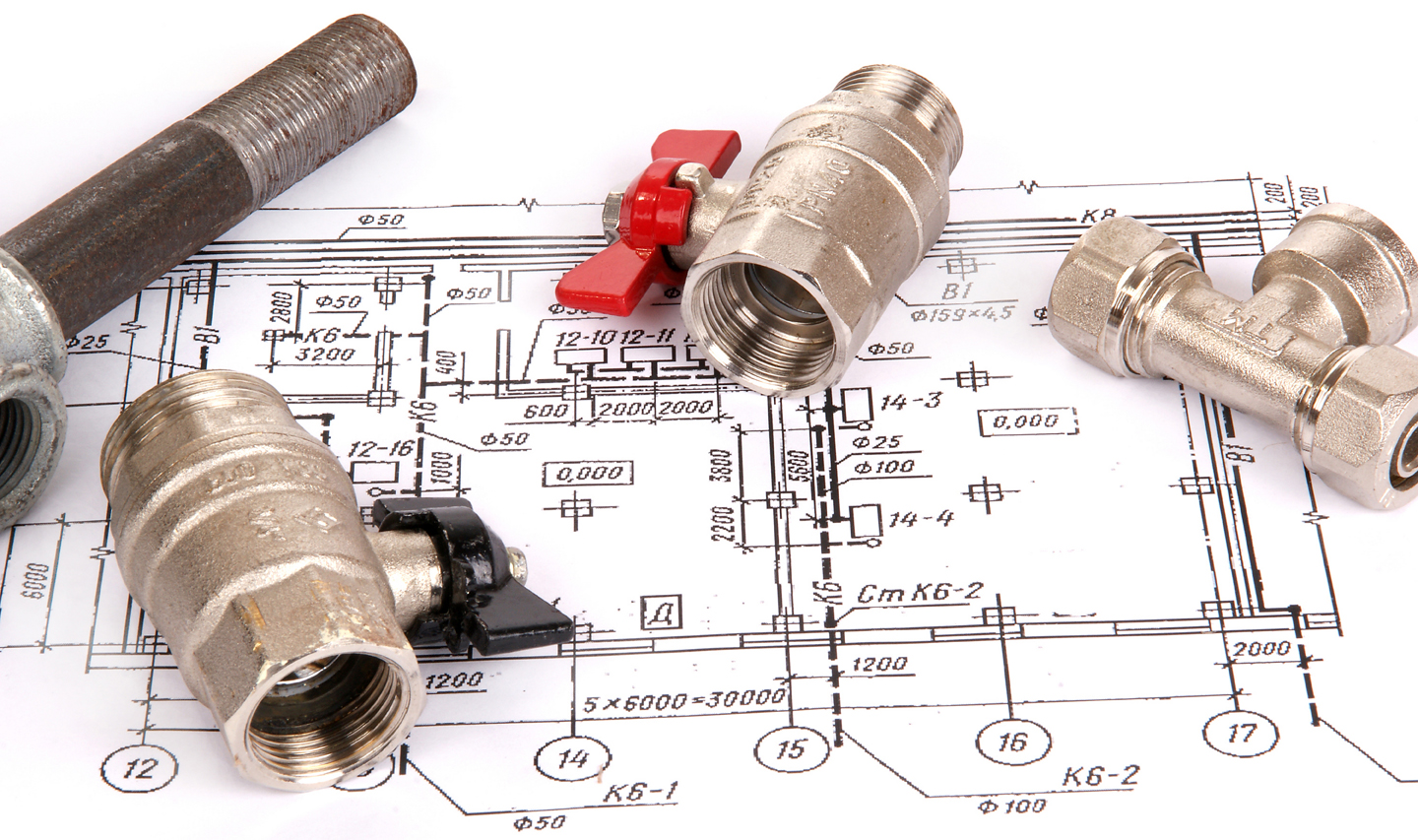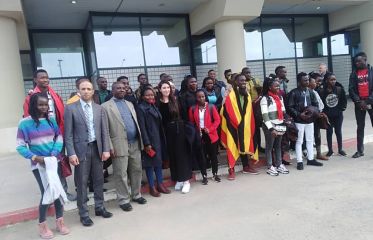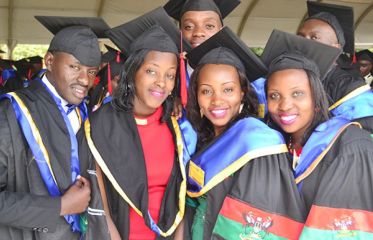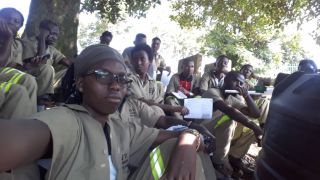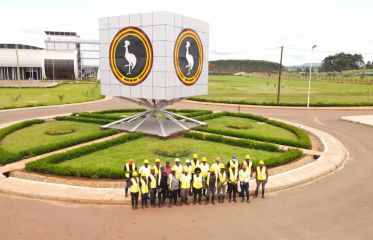Breaking News
- Flexible Remote Work Opportunity for University Students: Earn $100–$250 Per Month ...Read More
- Ministry of Education and Sports Azerbaijan Government Scholarships For 2025-2026 Academic Year ...Read More
- Government Sponsorship Undergraduate Admission Lists 2025-26 for Makerere University ...Read More
- Ministry of Education And Sports: Egyptian Government Scholarships 2025-2026 Academic Year ...Read More
- Ground Breaker Full Scholarship for girls to study Software Engineering 2025 July Intake ...Read More
- Tony Elumelu Foundation Entrepreneurship Programme (TEEP) 2025 for young African Entrepreneurs ...Read More
- DESIGNING FUTURES 2050 International Design Competition 2025 (€15,000 prize) ...Read More
- Ground Breaker Full time Scholarship for girls to study Software Engineering 2025 Intake ...Read More
- Ministry of Education And Sports Algerian Vocational Training Scholarships for 2024-2025 AY ...Read More
- Ministry of Education and Sports Advert for the Algerian Government Scholarships for 2024-2025 ...Read More
Plumber
Assemble, install, or repair pipes, fittings, or fixtures of heating, water, or drainage systems, according to specifications or plumbing codes.
Add to FavouritesTasks
1. Assemble pipe sections, tubing, or fittings, using couplings, clamps, screws, bolts, cement, plastic solvent, caulking, or soldering, brazing, or welding equipment.
2. Install pipe assemblies, fittings, valves, appliances such as dishwashers or water heaters, or fixtures such as sinks or toilets, using hand or power tools.
3. Keep records of work assignments.
4. Fill pipes or plumbing fixtures with water or air and observe pressure gauges to detect and locate leaks.
5. Direct helpers engaged in pipe cutting, preassembly, or installation of plumbing systems or components.
6. Maintain or repair plumbing by replacing defective washers, replacing or mending broken pipes, or opening clogged drains.
7. Locate and mark the position of pipe installations, connections, passage holes, or fixtures in structures, using measuring instruments such as rulers or levels.
8. Measure, cut, thread, or bend pipe to required angle, using hand or power tools or machines such as pipe cutters, pipe-threading machines, or pipe-bending machines.
9. Review blueprints, building codes, or specifications to determine work details or procedures.
10. Anchor steel supports from ceiling joists to hold pipes in place.
11. Estimate time, material, or labor costs for use in project plans.
12. Install underground storm, sanitary, or water piping systems, extending piping as needed to connect fixtures and plumbing.
13. Inspect structures to assess material or equipment needs, to establish the sequence of pipe installations, or to plan installation around obstructions such as electrical wiring.
14. Install green plumbing equipment, such as faucet flow restrictors, dual-flush or pressure-assisted flush toilets, or tankless hot water heaters.
15. Cut openings in structures to accommodate pipes or pipe fittings, using hand or power tools.
16. Weld small pipes or special piping, using specialized techniques, equipment, or materials, such as computer-assisted welding or microchip fabrication.
17. Install alternative water sources, such as rainwater harvesting systems or graywater reuse systems.
18. Recommend energy or water saving products, such as low-flow faucets or shower heads, water-saving toilets, or high-efficiency hot water heaters.
Key knowledge areas
1. Mechanical — Knowledge of machines and tools, including their designs, uses, repair, and maintenance.
2. Building and Construction — Knowledge of materials, methods, and the tools involved in the construction or repair of houses, buildings, or other structures such as highways and roads.
3. Design — Knowledge of design techniques, tools, and principles involved in production of precision technical plans, blueprints, drawings, and models.
4. Customer and Personal Service — Knowledge of principles and processes for providing customer and personal services. This includes customer needs assessment, meeting quality standards for services, and evaluation of customer satisfaction.
5. Mathematics — Knowledge of arithmetic, algebra, geometry, calculus, statistics, and their applications.
Skills
1. Critical Thinking — Using logic and reasoning to identify the strengths and weaknesses of alternative solutions, conclusions or approaches to problems.
2. Active Listening — Giving full attention to what other people are saying, taking time to understand the points being made, asking questions as appropriate, and not interrupting at inappropriate times.
3. Judgment and Decision Making — Considering the relative costs and benefits of potential actions to choose the most appropriate one.
4. Complex Problem Solving — Identifying complex problems and reviewing related information to develop and evaluate options and implement solutions.
5. Operation Monitoring — Watching gauges, dials, or other indicators to make sure a machine is working properly.
6. Quality Control Analysis — Conducting tests and inspections of products, services, or processes to evaluate quality or performance.
7. Repairing — Repairing machines or systems using the needed tools.
8. Speaking — Talking to others to convey information effectively.
9. Troubleshooting — Determining causes of operating errors and deciding what to do about it.
10. Active Learning — Understanding the implications of new information for both current and future problem-solving and decision-making.
11. Coordination — Adjusting actions in relation to others' actions.
12. Equipment Maintenance — Performing routine maintenance on equipment and determining when and what kind of maintenance is needed.
13. Instructing — Teaching others how to do something.
14. Monitoring — Monitoring/Assessing performance of yourself, other individuals, or organizations to make improvements or take corrective action.
15. Operation and Control — Controlling operations of equipment or systems.
16. Reading Comprehension — Understanding written sentences and paragraphs in work related documents.
17. Service Orientation — Actively looking for ways to help people.
18. Time Management — Managing one's own time and the time of others.















